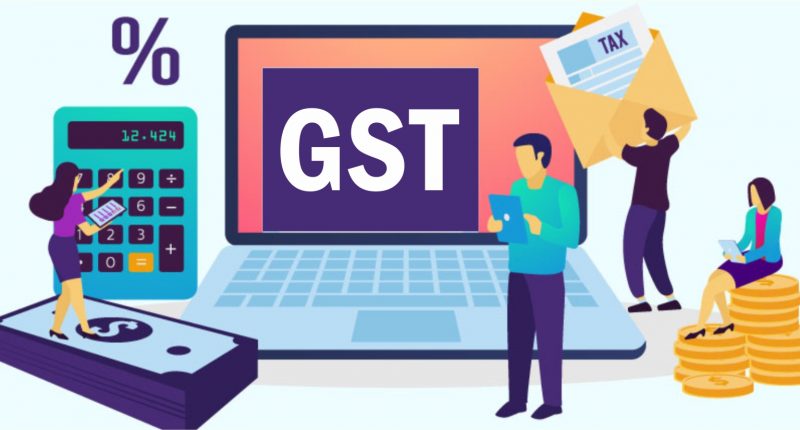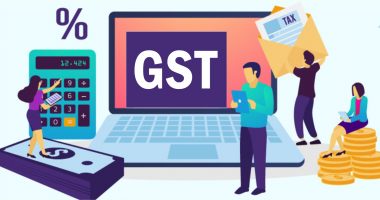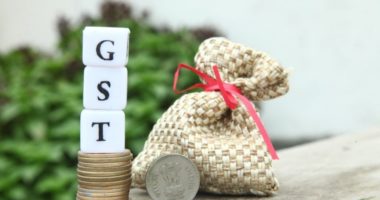The government is planning to ramp up measures to plug GST evasion by the Pan masala and Gutkha companies through increased scrutiny. There is a plan to drop the value of installed manufacturing capacity for the GST levy for this industry.
In 2021, the GST Council formed a Group of Ministers (GoM) to change the GST levy method on Pan masala and Gutkha. The Odisha FM Niranjan Pujari led this committee to analyse the possibility of shifting from actual production to installed unit capacity for computing GST. It was a step taken when there was a drop in the GST revenue from this industry, as complained about by the states in 2017. These units underreported the output, leading to large-scale tax evasion.
A member from the GoM refused to disclose the recommendations recently finalised and mentioned that the report will be taken up in the next GST Council meeting.
GST on tobacco and Pan masala is at 28%, along with an additional compensation cess. Tobacco attracts a cess of 290%, whereas Pan masala attracts a cess of 135%. The Centre believes that the problem of tax evasion existed both in the current and previous tax regimes. In contrast, the states differ in this matter. Many states claim that there is a sharp decline in tax revenue post-GST.
Under the Excise Duty regime, these products were taxed based on maximum machinery installed capacity instead of actual production and sales. In comparison, the GST law considers the actual sales value as the base value of supply.
The erstwhile tax regime dealt with several issues. Tax officers frequently had to survey the quantum of machines in use by the taxpayers. Taxpayers often overreported this as they manipulated machine speeds to evade taxes, thus creating disputes. Large enterprises could invest in machinery and thus stay in business, whereas smaller businesses could not survive in the market.
Under GST, input tax credit claims become complicated in this industry since the wholesalers and retailers cannot operate on a capacity basis. The ways in which evasion can be curbed include the tax officers using data analytics to review all the GST returns filed by players in this industry on metrics such as raw material purchase, e-way bills and input services.
For any clarifications/feedback on the topic, please contact the writer at annapoorna.m@clear.in
Annapoorna, popularly known as Anna, is an aspiring Chartered Accountant with a flair for GST. She spends most of her day Singing hymns to the tune of jee-es-tee! Well, not most of her day, just now and then.




